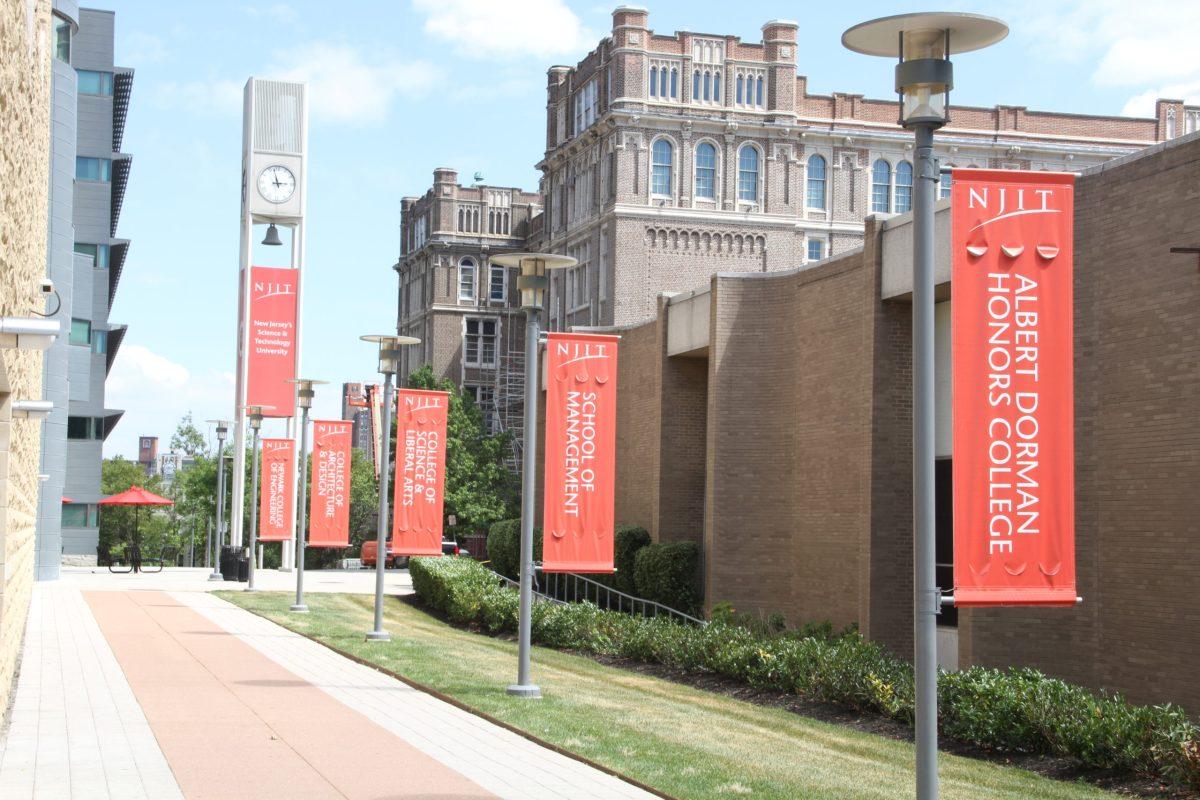In a recent survey conducted by NJIT’s Office of Institutional Effectiveness, over a thousand students contributed their opinion regarding the service provided by their academic advisor.
The results of the survey were positive overall with questions focusing on students’ personal experiences with their advisor and whether or not the session was useful. A little over thirteen-hundred (or 19%) of NJIT students responded.
What the survey does not include, is how many students responded from each college within the university. The most recent data retrieved shows that there are approximately 8,483 undergraduate students enrolled in NJIT.
Each NJIT student is assigned an advisor whom they can communicate to understand their current standing, future classes and career options, or to remove holds before registering for the next semester.
To schedule an appointment with your advisor, students can either attend walk-in hours or schedule an appointment ahead of time. Aneesh Muthiyan, a fourth year Information Technology major said, “I have always had an easy time setting up an appointment with my advisor. In the CCS, we can set up appointments online relatively easily, as well as email our advisors to set them up if we need to. They always reply promptly, and I’ve never been in a situation where I could not get to my advisor in time.”
In the Ying Wu College of Computing Science, students can go to the department website to see when their advisor is available and register for the time that best suits them. For other college websites, either students had to find a number to contact or send an email.
Each college acts independently when it comes to advising, as there is not a uniform method used across campus. This can be problematic as some colleges have more students per advisor than others.
The average number of students per advisor for NJIT’s largest college, the College of Engineering, is around four hundred sixty. For the College of Architecture and Design, which only has two advisors, the ratio of students to advisor is approximately two-hundred and eighty-four. Noralie Abreu, a second year Digital Design major, laments how difficult it can be to reach her advisor saying, “… students have to email her during her office hours or else there will be no response.”
Despite the lack of a uniform advising system, the results form the survey still present students having an otherwise positive experience, but the college they belong to, remains unknown.




































